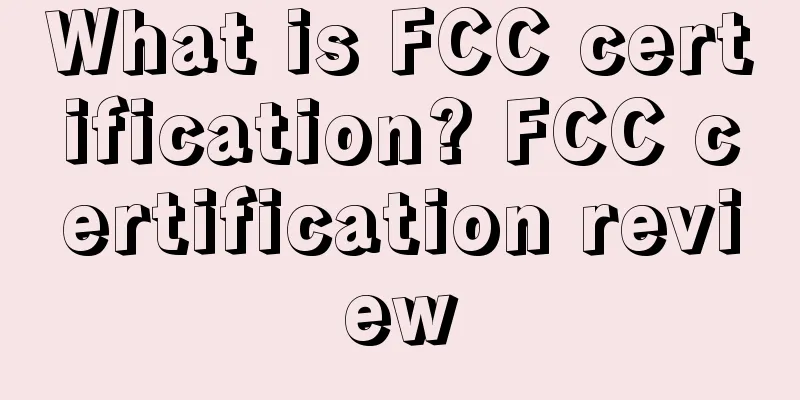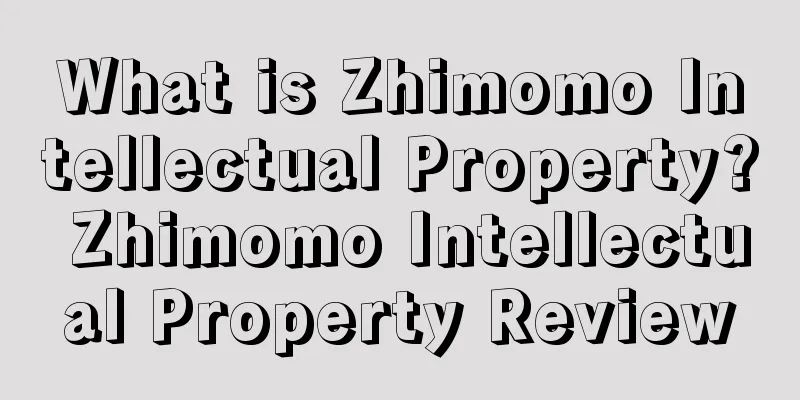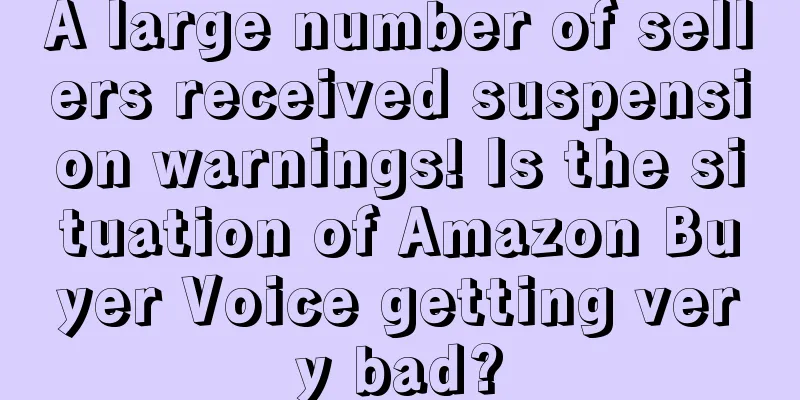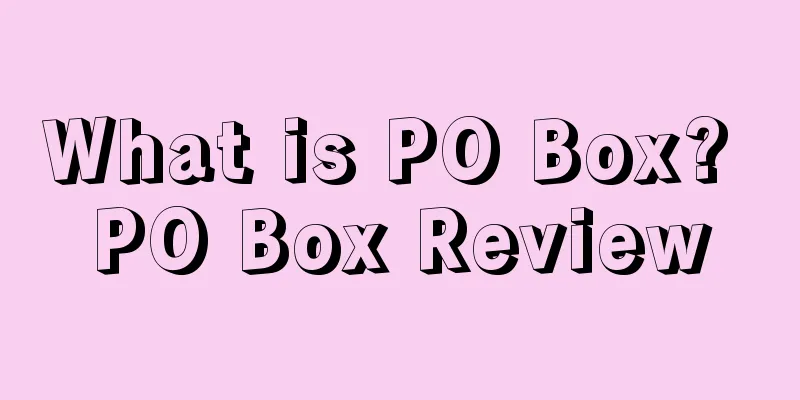What is FCC certification? FCC certification review

FCC (Federal Communications Commission), Chinese for the United States Federal Communications Commission. FCC is directly responsible to Congress, through the control of radio broadcasting, television, telecommunications, satellite and cable to coordinate domestic and international communications, responsible for the authorization and management of radio frequency transmission devices and equipment other than federal government use. English Federal Communications Commission Chinese FCC certification legal status mandatoryOverviewThe FCC involves more than 50 states, Columbia, and territories in the United States to ensure the safety of radio and wire communication products related to life and property. Many radio application products, communication products, and digital products require FCC approval to enter the US market. Applicable Products1. Personal computers and their peripheral equipment (monitors, printers, keyboards, power adapters, mice, scanners, interface cards, video game consoles, power supplies, UPS, fax machines, modems, answering machines, switches (servers), etc.) 2. Household electrical appliances and electric tools (refrigerators, electric irons, food blenders, electric kettles, electronic disinfection cabinets, microwave ovens, air conditioners, vacuum cleaners, electric toys, automatic rice cookers, electric shavers, electric hair clippers, hair dryers, bread toasters, massage appliances, battery chargers, household electric stoves, electric cooktops, washing machines, electromagnetic cookers, electric food processing appliances, low-power motors and other electronic and electrical products. Electric tools: electric drills, grinders, circular saws, nail guns, pneumatic drills, etc.) 3. Audio and video products (radios, CRT/LED/LCD TVs, set-top boxes, DVD/VCD Players, MP3 Players, home audio, etc.) 4. Lamps. (LED lamps, LED screens, LED power supplies/drivers, ballasts, energy-saving lamps, stage lamps, dimmers, converters, electronic dimming equipment for entertainment venues such as stages, AC electronic ballasts for tubular fluorescent lamps, tubular fluorescent lamps, ballasts, ballasts for discharge lamps, fixed lamps, portable lamps, embedded lamps, etc. 5. Wireless products (such as Bluetooth, wireless remote control toys, wireless remote control switches, wireless thermometers, wireless mice and keyboards, wireless monitors & cameras, wireless microphones, FM transmitters and various wireless devices.) 6. Toy products (metal toys, plastic toys, wooden and bamboo toys, cloth and plush toys, paper toys and electronic toys) 7. Security products (alarms, security products, access control, monitors & cameras, etc.) 8. Industrial machinery (punching and shearing machinery, woodworking machine tools, packaging machinery, plastic machinery, metal cutting machine tools, food processing machinery, food machinery, printing machinery, die-casting machinery, electrical control systems for mechanical equipment, amusement facilities, hydraulic machinery, etc.). Authentication modes are divided intoSelf-verification mode, Declaration of Conformity (DOC) mode and Certification (obtain ID) mode 1. FCC -VOC: This model belongs to self-verification. Long-term products include AV products, corded phones, ordinary household appliances, and commercial PCs. Equipment suitable for self-verification includes commercial computers, TV and FM receivers, and industrial, scientific research and medical equipment for non-mass consumer use under FCC Rule Part 18. Manufacturers or importers ensure that their products have undergone necessary testing in FCC-approved laboratories to confirm that the products meet relevant technical standards and retain test reports. FCC has the right to require manufacturers to submit equipment samples or product test data. 2. FCC DOC: Declaration of Conformity, home computers, computer peripherals and external devices, civilian broadcast receivers, other receivers of FCC Rule Part 15, TV interface devices, cable system terminal equipment and industrial, scientific research and medical equipment for mass consumers of Part 18; The party responsible for the equipment (usually the manufacturer or importer) tests the product at a qualified testing agency designated by the FCC to ensure that the equipment meets the relevant technical standards and retains the test report. The FCC has the right to require the responsible party to submit equipment samples or product test data. After the product passes the test and obtains the DOC and test report, the manufacturer can affix the FCC mark on the product and sell it in the US market; 3. FCC-ID: This is a CERTIFICATION certificate. FCC-ID certification applies to low-power transmitters such as cordless phones, automatic door remote controls, radio-controlled toys and security alarm systems, Part 15 devices that intentionally emit radio frequency energy, Part 18 industrial, scientific research and medical equipment used by mass consumers, automatic frequency conversion receivers and super-regenerative receivers, TV interface devices, and home computers and their peripherals; FCC certification main standardsFCC PART15 C/E/F Intentional Radiating Device Test FCC PART 18 Industrial, Scientific, and Medical Equipment FCC PART 22 Public Mobile Communications Services FCC PART 24 Personal Communications Services FCC PART 25 Satellite Communications Services FCC PART 27 Other FCC wireless communication services FCC PART 68 Telecommunications Terminal Equipment FCC Part 15 stipulates the intentional, unintentional or transient transmitting devices that do not require a personal license when in use. It includes technical specifications, administrative requirements and other market access conditions. Products are mainly divided into four categories: unintentional transmitting devices, intentional transmitting devices, personal communication devices that do not require a license, and basic information devices in countries that do not require a license. FCC Part 18 regulates the electromagnetic energy emitted by industrial, scientific, and medical equipment (ISM) operating in a certain spectrum to prevent the above equipment from causing harmful interference to authorized wireless communication services. Note: FCC PART 15 and PART 18 are the most widely used. FCC Certification Process1. The customer submits the application form, signs the contract and pays the money; 2. The customer prepares the test samples (wireless products require a fixed-frequency machine) and provides product information (see information requirements); 3. Micro Motion Testing Agency issues a draft report, which is confirmed by the customer and then issued as a formal report; 4. If it is FCC sDoC, the project is completed; if it is to apply for FCC ID, submit the report and technical information to TCB; 5. After TCB completes the review and issues the FCC ID certificate, Huancewei sends the official report and FCC ID certificate; FCC Certification Advantages1. Lamps that have passed FCC certification are very competitive in the US market; 2. The United States has stricter regulations and standards, which will increase the rigor of my country's lamp production; 3. Reduce the risk of being investigated during customs inspection. At present, the United States has been my country's second largest trading partner for several consecutive years, and the trade volume between China and the United States has been increasing year by year. Therefore, exports to the United States cannot be underestimated. The United States has strict product technical standards and import regulations. Understanding the US market access rules will help our products further open up the US market. FCC ID certification information1. User manual 2. Block Diagram 3. Operation Description 4. Circuit schematic 5. RF modulation 6. Rated Power Declaration 7. Application Form TCB Form 731 8. Authorization Letter (POA) 9. FCC Confidential Letter Note: The list of materials and requirements for FCC ID certification are as follows: 1) FCC application form: the applicant company name, address, contact information, product name and model, use standards and other information must be accurate; 2) FCC authorization letter: must be signed and stamped by the contact person of the applicant company and scanned into an electronic file; 3) FCC confidentiality letter: The confidentiality letter is an agreement signed between the applicant company and the TCB agency to keep product information confidential. It must be signed and stamped by the contact person of the applicant company and scanned into an electronic file; 4) Block diagram: All crystal oscillators and crystal oscillator frequencies need to be drawn and kept consistent with the circuit diagram; 5) Circuit diagram: must be consistent with the crystal frequency, number of crystals and crystal position in the block diagram; 6) Circuit description: It is required to be in English and clearly describe the functional implementation principle of the product; 7) Instruction manual: FCC Statement is required; 8) Label and label location: The label must have the FCC ID number and statement, and the label location must be prominent; 9) Photos of the interior and exterior of the product: the pictures must be clear and concise, and additional notes may be added if necessary; 10) Test report: requires the test to be completed and fully evaluates the product according to the standard terms developAs of January 2012, there are 279 testing companies worldwide that are accredited by the committee and qualified to issue DoC certificates. The Federal Communications Commission (FCC) of the United States officially released the Supplier Declaration of Conformity (SDoC) on November 1, 2017, officially replacing the FCC Declaration of Conformity (DOC) and Verification (VOC) certification types. SDoC involves the following 4 partsSDoC requires applicants to provide the name, address, telephone number and other information of the responsible party in the United States, and this information is easily accessible to customers. The FCC logo on products is no longer mandatory The SDoC will come into effect on November 2, 2017. Before November 1, 2017, products certified according to FCC DoC and VoC can continue to be sold. The transition period is one year, ending on November 2, 2018. References
|
<<: What is feedback? Feedback review
>>: What is CE certification? CE certification evaluation
Recommend
What is Skubana? Skubana Review
Skubana is an Amazon operations tool that can help...
Many cross-border companies only recruit people born after 2000? 30+ Amazon employees encounter job hunting bottleneck!
▶ Video account attention cross-border navigationI...
What is vhotstore? vhotstore review
Vhotstore is committed to helping sellers manage &...
Walmart WFS launches 2nd anniversary reward benefits to attract third-party sellers!
It is learned that to celebrate the second anniver...
Cross-border sales surged in Q3 against the trend! The secret to wealth in the post-epidemic era
Recently, Anker Innovations, a well-known retailer...
Reasons why Amazon listings are turned into fakes for no reason and how to appeal
The full text has 1403 words and takes 7 minutes ...
Amazon keyword selection and embedding
Word Choice Buqiuren believes that there are two ...
What is Ensogo? Ensogo Review
Ensogo is headquartered in Bangkok, Thailand. It p...
What is dLocal? dLocal Review
dLocal is a Uruguayan-based payments company that ...
Stop losing money! Share advanced tips on Amazon CPC advertising
What I want to share with you today is the advanc...
Amazon unblocked a batch of stores?! It will be easier to pass the second review this year
Let’s start today’s main text. ◆ ◆ ◆ ◆ Generally ...
Amazon offers high subsidies! What benefits can sustainable products bring?
In the past two days, Amazon has launched a new se...
What is Youlida Logistics. Overseas Warehouse? Youlida Logistics. Overseas Warehouse Review
Youlida Company (Shenzhen Youlida Technology Co., ...









